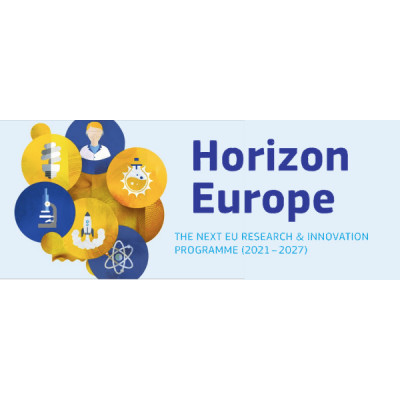Share
Print

Topic updates
16 January 2025
Submissions to call HORIZON-CL3-2024-CS-01:
A total of 152 proposals has been submitted to call HORIZON-CL3-2024-CS-01, which closed on 20 November 2024. These proposals, for which the evaluation will be organized over the coming weeks and months, were submitted to the following topics:
HORIZON-CL3-2024-CS-01-01: Approaches and tools for security in software and hardware development and assessment - 103 proposals
Approaches and tools for security in software and hardware development and assessment
TOPIC ID: HORIZON-CL3-2024-CS-01-01
Programme: Horizon Europe Framework Programme (HORIZON)
Call: Increased Cybersecurity 2024 (HORIZON-CL3-2024-CS-01)
Type of action: HORIZON-IA HORIZON Innovation Actions
Type of MGA: HORIZON Lump Sum Grant [HORIZON-AG-LS]
Deadline model: single-stage
Planned opening date: 27 June 2024
Deadline date: 20 November 2024 17:00:00 Brussels time
Projects’ results are expected to contribute to some or all of the following outcomes:
Software is at the foundation of all digital technologies and, as such, at the core of IT infrastructures, services, and products. Current software development prioritises fast deployment over security, which results in vulnerabilities and unsecure applications. Security engineering, both at the software and hardware levels, must be integrated in their development. Whilst a great portion of the software and hardware used in the EU is developed outside the European Union, it should comply with the security requirements within the EU. The EU should be able to rely on software and hardware that can be verified and audited as to their security. In particular, the potential security implications of using open-source software and hardware, and security auditability in that context, should be further explored. Software is subject to continuous update, so the security posture cannot be assessed once and for all, hence methods and tooling to perform continuous assessments of security are needed. In addition, security and privacy regulations also evolve, having to be factored in compliance approaches.
The identification and analysis of potential regulatory aspects and barriers for the developed technologies/solutions is encouraged, where relevant.
